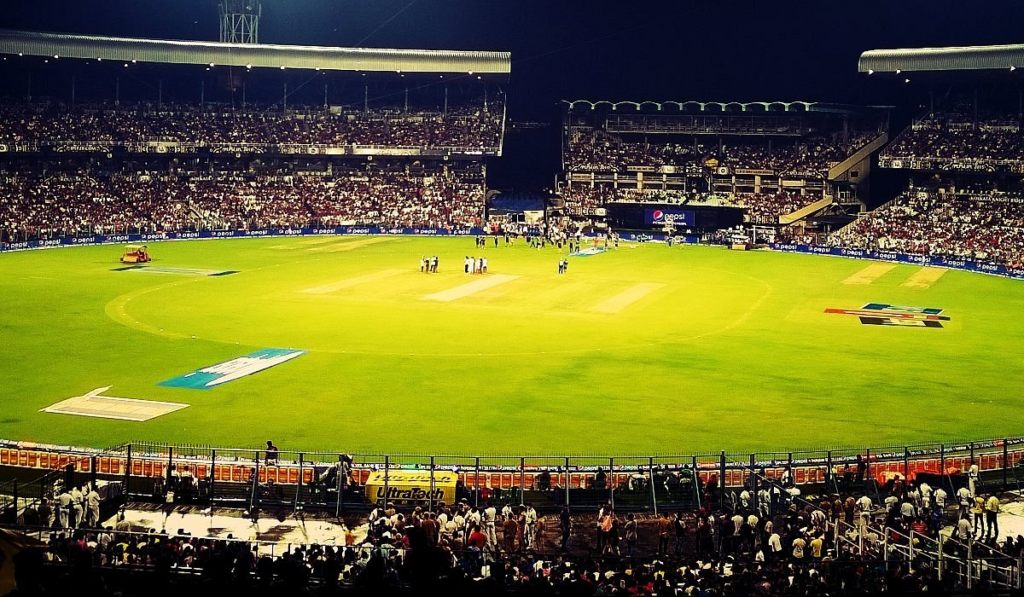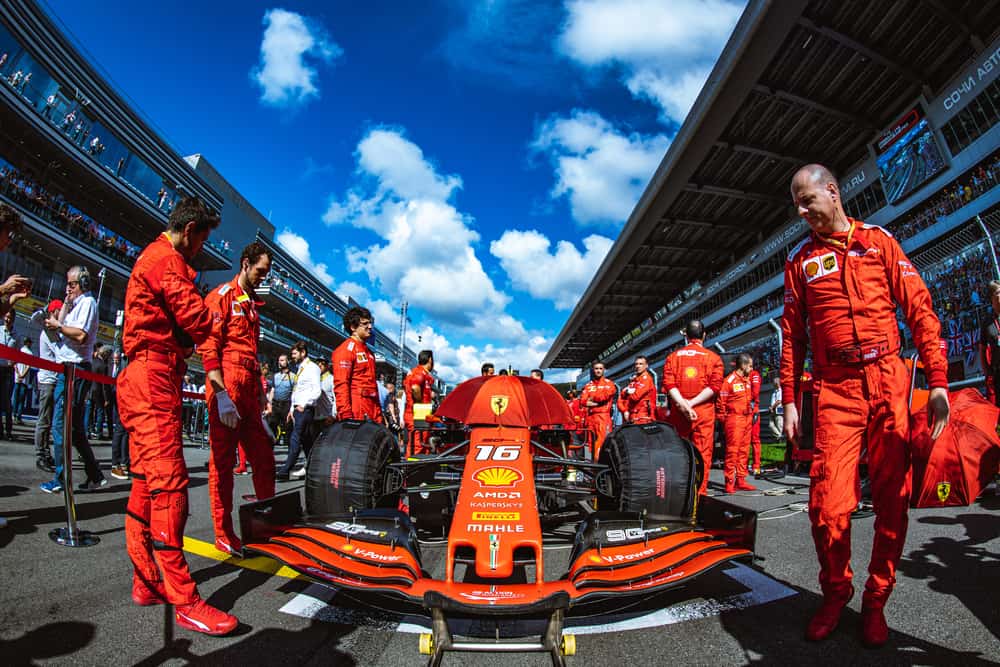
India’s Coliseums of Cricket: A Grand Tour of Its Most Iconic Stadiums
In India, cricket isn’t just a sport; it’s a religion, a national obsession that binds a billion hearts. From bustling metropolises to serene mountain valleys, the nation’s passion for the game finds its most fervent expression within its magnificent cricket stadiums. These hallowed grounds are more than mere arenas; they are cathedrals where legends are forged, emotions run wild, and history is etched with every boundary, wicket, and roar of the crowd. For any true cricket aficionado or curious traveler, exploring these iconic venues offers a unique glimpse into the soul of Indian cricket.
Join us on a grand tour of India’s most famous cricket stadiums, each with its own unique charm, storied past, and electrifying atmosphere, promising an unforgettable experience for visitors.
1. Eden Gardens, Kolkata: The Mecca of Indian Cricket
Capacity: Approximately 66,000
Established: 1864
No journey through India’s cricket stadiums can begin without a pilgrimage to Eden Gardens. Often referred to as the "Mecca of Indian Cricket," this venerable ground in Kolkata is not just the oldest and second-largest cricket stadium in India (by capacity), but arguably the most atmospheric. Its history dates back to 1864, making it one of the oldest cricket grounds in the world.
Walking into Eden Gardens, especially during a high-stakes match, is an experience akin to stepping into a roaring cauldron of passion. The crowd, known for its knowledgeable and vociferous support, can create an almost deafening crescendo, a "sea of humanity" that sways and pulsates with every ball. From the historic 1987 World Cup final to the epic 2001 Test where VVS Laxman and Rahul Dravid orchestrated one of cricket’s greatest comebacks against Australia, Eden Gardens has been the stage for countless unforgettable moments.
Its iconic bell, rung to signal the start of play, adds to its old-world charm, contrasting with modern floodlights. Exploring Eden Gardens means soaking in its colonial-era architecture, feeling the weight of its immense history, and understanding why players often describe it as an unparalleled venue to play in. For visitors, a walk around the stadium’s perimeter reveals statues of cricketing greats, and if lucky, a chance to witness its electrifying atmosphere firsthand.
2. Wankhede Stadium, Mumbai: Where Dreams Take Flight
Capacity: Approximately 33,108
Established: 1974
Nestled near the Arabian Sea in Mumbai, the Wankhede Stadium holds a special place in the hearts of Indian cricket fans. It’s not just a stadium; it’s the crucible where Indian cricket’s most cherished dream was realized: the 2011 ICC Cricket World Cup victory, sealed by MS Dhoni’s iconic six. The image of the captain hitting that six and the team celebrating on home soil is forever etched into the nation’s collective memory.
Wankhede, built in 1974, replaced the Brabourne Stadium as Mumbai’s primary cricket venue. Its proximity to the sea often brings a welcome breeze, but also influences pitch conditions, known for their red soil and assistance to both pacers and spinners. The stadium has witnessed many other historic events, including Sachin Tendulkar’s farewell Test match in 2013, a moment of profound emotion for millions.
What makes Wankhede unique is its vibrant, urban setting. It’s located in the bustling heart of Mumbai, surrounded by iconic landmarks. The atmosphere during IPL matches, particularly those involving the Mumbai Indians, is electric, a festive blend of celebrity glamour and raw cricketing passion. Visitors can explore the stadium’s museum (if accessible), which showcases memorabilia, or simply walk around the Marine Drive area, feeling the pulse of a city that lives and breathes cricket.
3. Narendra Modi Stadium, Ahmedabad: The World’s Largest Cricket Arena
Capacity: 132,000
Established: 2020 (rebuilt from Sardar Patel Stadium)
A symbol of modern India’s ambition and engineering prowess, the Narendra Modi Stadium in Ahmedabad stands as the world’s largest cricket stadium by capacity. Rebuilt from the old Sardar Patel Stadium, this colossal venue was inaugurated in 2020 and quickly became a landmark. Its sheer scale is breathtaking, capable of hosting 132,000 spectators, dwarfing even the Melbourne Cricket Ground.
This stadium is a marvel of contemporary design, boasting four dressing rooms, an Olympic-sized swimming pool, an indoor academy, and advanced LED floodlights that provide uniform illumination. It hosted its first international match in 2021, a Test between India and England, and has since been a venue for high-profile matches, including the 2023 ICC Cricket World Cup final.
Visiting the Narendra Modi Stadium is an experience in itself, offering a glimpse into the future of sports infrastructure. Its grand concourses, comfortable seating, and excellent viewing angles from every part of the stadium provide a premium spectator experience. While it lacks the century-old history of Eden Gardens, it makes up for it with its sheer size, state-of-the-art facilities, and the promise of creating new cricketing legends on an unprecedented scale.
4. M. A. Chidambaram Stadium (Chepauk), Chennai: The Home of The Roar
Capacity: Approximately 38,000
Established: 1916
Located in Chennai, the M. A. Chidambaram Stadium, affectionately known as "Chepauk," is one of India’s oldest continuously used cricket grounds, with its first Test match played in 1934. Chepauk is renowned for its knowledgeable and appreciative crowd, often dubbed the "Chepauk Roar." Unlike some other venues where partisan support can be overwhelming, the Chennai crowd is celebrated for its sporting spirit, often applauding good play from the opposition.
Chepauk has been the scene of many historic encounters, including the iconic Tied Test between India and Australia in 1986, only the second in cricket history. Its pitches are traditionally spin-friendly, making it a fortress for Indian spinners. The stadium’s architecture, with its distinctive red-brick stands, exudes a classic charm that contrasts with modern facilities.
Exploring Chepauk offers a taste of traditional Indian cricket culture. The heat and humidity are often part of the experience, adding to the challenge for players and the drama for spectators. With recent renovations improving facilities while maintaining its character, Chepauk remains a beloved venue where the game is appreciated in its purest form, and the legacy of legends like Sunil Gavaskar and Sachin Tendulkar is deeply felt.
5. M. Chinnaswamy Stadium, Bengaluru: The Garden City’s Cricket Haven
Capacity: Approximately 40,000
Established: 1969
Nestled in the heart of Bengaluru, the M. Chinnaswamy Stadium is a vibrant venue that mirrors the city’s dynamic energy. Known for its relatively smaller boundaries and flat pitches, Chinnaswamy is often a high-scoring ground, making it a favorite for batsmen and a nightmare for bowlers. This characteristic contributes to an exciting, fast-paced brand of cricket, especially during the Indian Premier League (IPL), where it’s the home ground for the Royal Challengers Bangalore.
Chinnaswamy holds the distinction of being the first cricket stadium in the world to use solar power for generating a significant portion of its electricity, highlighting India’s commitment to sustainable practices. Its central location makes it easily accessible, and the atmosphere during matches is always electric, fueled by a young, enthusiastic, and often tech-savvy crowd.
The stadium has hosted memorable matches, including the thrilling 2011 World Cup group stage encounter between India and England, which ended in a tie. For visitors, exploring Chinnaswamy means experiencing the blend of modern amenities with a lively cricketing spirit. Its location amidst Bengaluru’s bustling avenues and lush greenery truly makes it a "cricket haven" in the Garden City.
6. Arun Jaitley Stadium, Delhi: A Witness to History
Capacity: Approximately 40,000
Established: 1883 (as Feroz Shah Kotla)
Formerly known as Feroz Shah Kotla, the Arun Jaitley Stadium in Delhi is one of India’s oldest and most historically significant cricket venues. Established in 1883, it has witnessed over a century of cricketing action and numerous record-breaking feats. It’s a ground steeped in history, located in a city that itself is a tapestry of ancient and modern.
The stadium is famous for Anil Kumble’s "Perfect Ten" – taking all ten wickets in an innings against Pakistan in 1999, a feat achieved by only two other bowlers in Test history. It’s also where Virender Sehwag scored his triple century against South Africa in 2008. Over the years, the pitches have often been spin-friendly, contributing to many enthralling Test matches.
While recent renovations have modernized its facilities, the stadium retains a sense of its rich past. Its compact nature ensures a close connection between the fans and the players, fostering an intense atmosphere. For those exploring Delhi, a visit to Arun Jaitley Stadium offers a tangible link to India’s cricketing heritage, where the echoes of past glories still resonate.
7. Himachal Pradesh Cricket Association (HPCA) Stadium, Dharamshala: Cricket’s Most Picturesque Setting
Capacity: Approximately 23,000
Established: 2003
Perched at an altitude of 1,457 meters (4,780 feet) above sea level, with the majestic Dhauladhar mountain range of the Himalayas as its backdrop, the HPCA Stadium in Dharamshala is arguably the most picturesque cricket ground in the world. Its stunning natural setting makes it a truly unique and unforgettable venue for both players and spectators.
Opened in 2003, this relatively new stadium quickly gained international recognition for its breathtaking beauty. The crisp mountain air, the panoramic views of snow-capped peaks, and the serene environment offer a stark contrast to the bustling city stadiums. The high altitude and cold weather can pose unique challenges for players, but the sheer visual spectacle makes it a favorite among fans.
Exploring the HPCA Stadium is more than just a visit to a cricket ground; it’s an immersive experience in nature’s grandeur. The unique architecture, inspired by traditional Tibetan design, blends seamlessly with its surroundings. While its capacity is smaller, the intimate setting allows for an unparalleled connection to the game amidst a truly awe-inspiring landscape. It’s a must-visit for anyone seeking a blend of cricketing passion and natural beauty.
Other Notable Mentions:
While these seven stadiums represent the pinnacle of Indian cricket venues, several other grounds contribute significantly to the nation’s cricketing tapestry:
- Green Park Stadium, Kanpur: Another historic venue known for its passionate crowds and traditional Test match atmosphere.
- Sawai Mansingh Stadium, Jaipur: A beautiful stadium with a unique blend of modern facilities and traditional Rajasthani architecture.
- ACA-VDCA Cricket Stadium, Visakhapatnam: A relatively newer venue that has quickly gained a reputation for hosting exciting limited-overs matches with a scenic backdrop.
- Punjab Cricket Association IS Bindra Stadium, Mohali: Known for its fast pitches and excellent infrastructure, it has been a venue for many high-scoring encounters.
Conclusion
India’s famous cricket stadiums are more than just places where a game is played; they are cultural landmarks, historical repositories, and vibrant arenas that capture the very essence of the nation’s love affair with cricket. From the historic roar of Eden Gardens to the breathtaking vistas of Dharamshala, from the colossal might of Narendra Modi Stadium to the intimate charm of Chepauk, each ground offers a distinct flavor of the Indian cricketing experience.
For travelers, exploring these stadiums is an invitation to delve into the heart of India’s sporting spirit, witness architectural marvels, and perhaps even catch a glimpse of the magic that unfolds when bat meets ball in these hallowed grounds. Whether you’re a die-hard cricket fan or simply seeking to understand a nation’s passion, a tour of India’s iconic cricket stadiums promises an enriching and unforgettable journey. So, pack your bags, feel the fervor, and immerse yourself in the grandeur of India’s cricketing coliseums.



